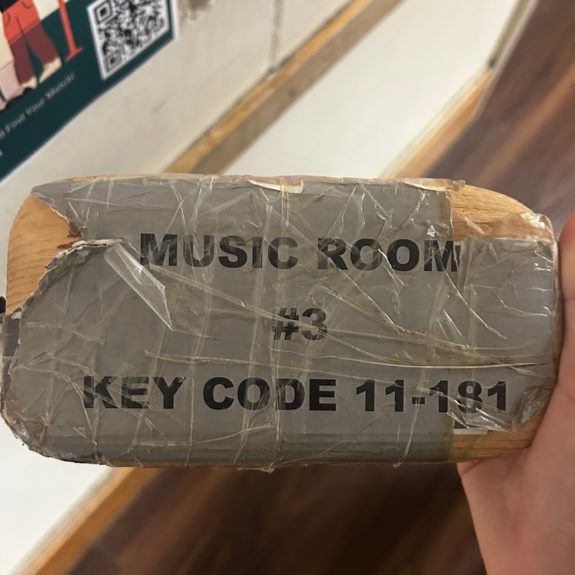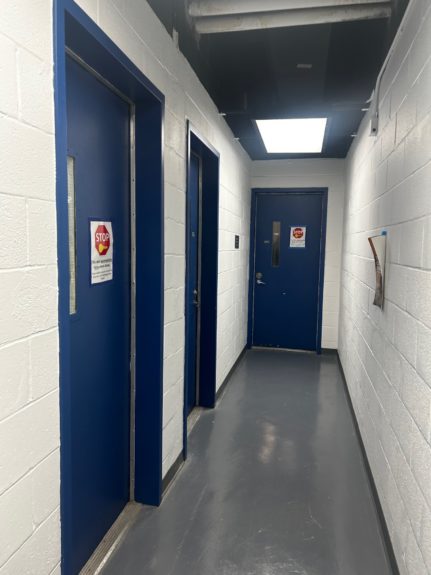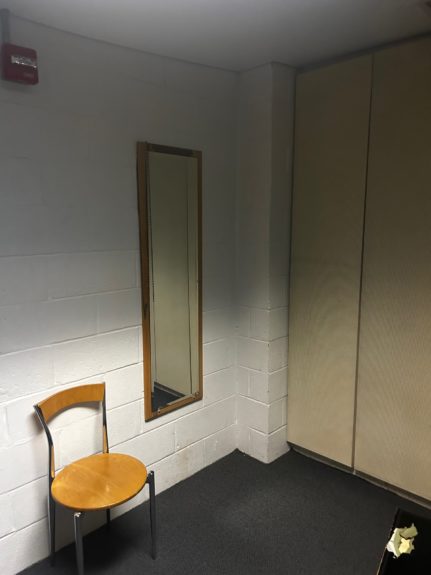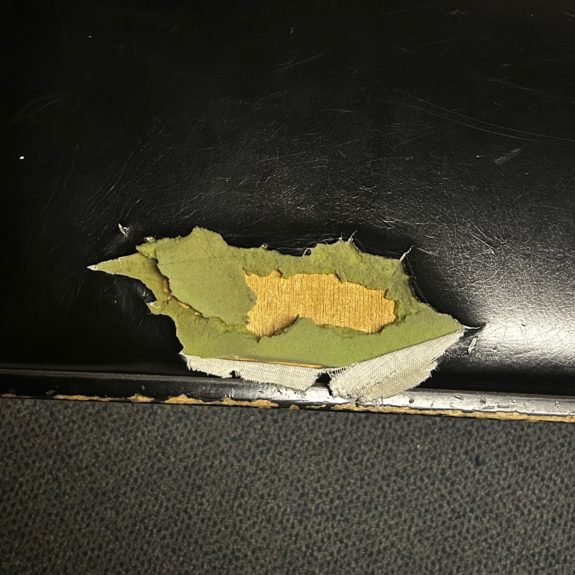In this edition of RoomHop, Bwog Staff Writer Ann Dai takes you on a journey to the best and worst place on campus: the Sulz basement.
The basement of Sulzberger Hall is uncharted territory for most students, even though the Quad is home to hundreds of first-years. However, it contains some very popular facilities: the music practice rooms, which are almost always completely booked. As a frequent user of these rooms, I would like to present their pros and cons.
Disclaimer: While you’re only supposed to use the rooms for vocal and instrumental practice, I use them as a dance studio. You can call me a #rebel, but they’re so much more accessible as an individual dancer compared to the real dance studios and mirror-wall rooms in Barnard Hall or Lerner. I also danced in my single-dorm-sized room throughout high school, and I do not want to experience the pain of hitting furniture with my limbs or knocking down my and my roommate’s belongings. Been there, bruised that. Also, I used to play piano and flute, so I am practicing by proxy. Onto the review!
To make a reservation, log into the StarRez Housing Portal and click on “Forms” to choose a 55-minute slot. When your time comes, leave your ID at the front desk and take the key—and the deteriorating wooden block it’s chained to, which is reminiscent of a high school bathroom pass. It’s rustic.

Then, try to take the stairs, only to find that they don’t go to the basement. Walk back out and wait an embarrassingly long time for the elevator with a group of students who live on the eighth floor. After an apologetic look at them and a three-second ride down, make a right. Open the door to your room, turning the key a million times until you find the right way to unlock it, and voila!

Every room has basic musical amenities: a piano, music stand, and some chairs in a windowless, carpeted space with supposedly soundproof walls (they’re not). However, each room has its own quirks.
Practice rooms #2 and #3 are the same size. Both contain an upright piano, which is the smaller type. They each also have a full-body mirror, similar to the ones in our dorm rooms. They’re definitely used for musicians and singers to check their posture while practicing, so while they’re a downgrade from a proper studio, I practiced for many years without even having a mirror. Anything is better than that. There’s plenty of space in these two rooms, but just be wary of the doorknob and music stand if you’re planning to move around. Room 3’s lighting is also quite dim, which does not make for a calming atmosphere given that you’re already in a basement.

Room #4 is almost twice the size of #2 and #3, as it houses a grand piano. Even with the larger instrument, my movements feel less restricted in Room #4. It also has a rolling chair, which is very fun during water breaks. Unfortunately, it does not have a mirror. My “instrument” is replaced by a faded rectangular outline and nail holes. It was truly a tragedy when I walked in for the first time—Room #4 would have been perfect otherwise.
Overall, I am a fan of the practice rooms. They provide a (somewhat) quiet, private space for all types of musical artists…if you stretch the meaning a bit. Of course, nothing is perfect. Every piano bench looks like someone ate a chunk out of the foam. I’ve been told you can hear mice running around in the ceilings. I hope there isn’t a correlation. Ultimately, I’ll take what I can get.

Finally, you might be wondering: Ann, you’ve mentioned Rooms #2, #3, and #4. What about #1? That, dear reader, is something I’ve pondered since the first time I went to reserve a room. My theory? It’s the entrance to the elusive Barnard-Columbia Broadway tunnel.
All photos via Bwogger Ann Dai


 0 Comments
0 Comments